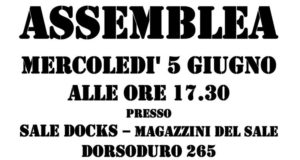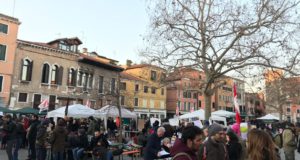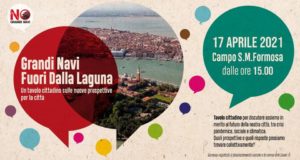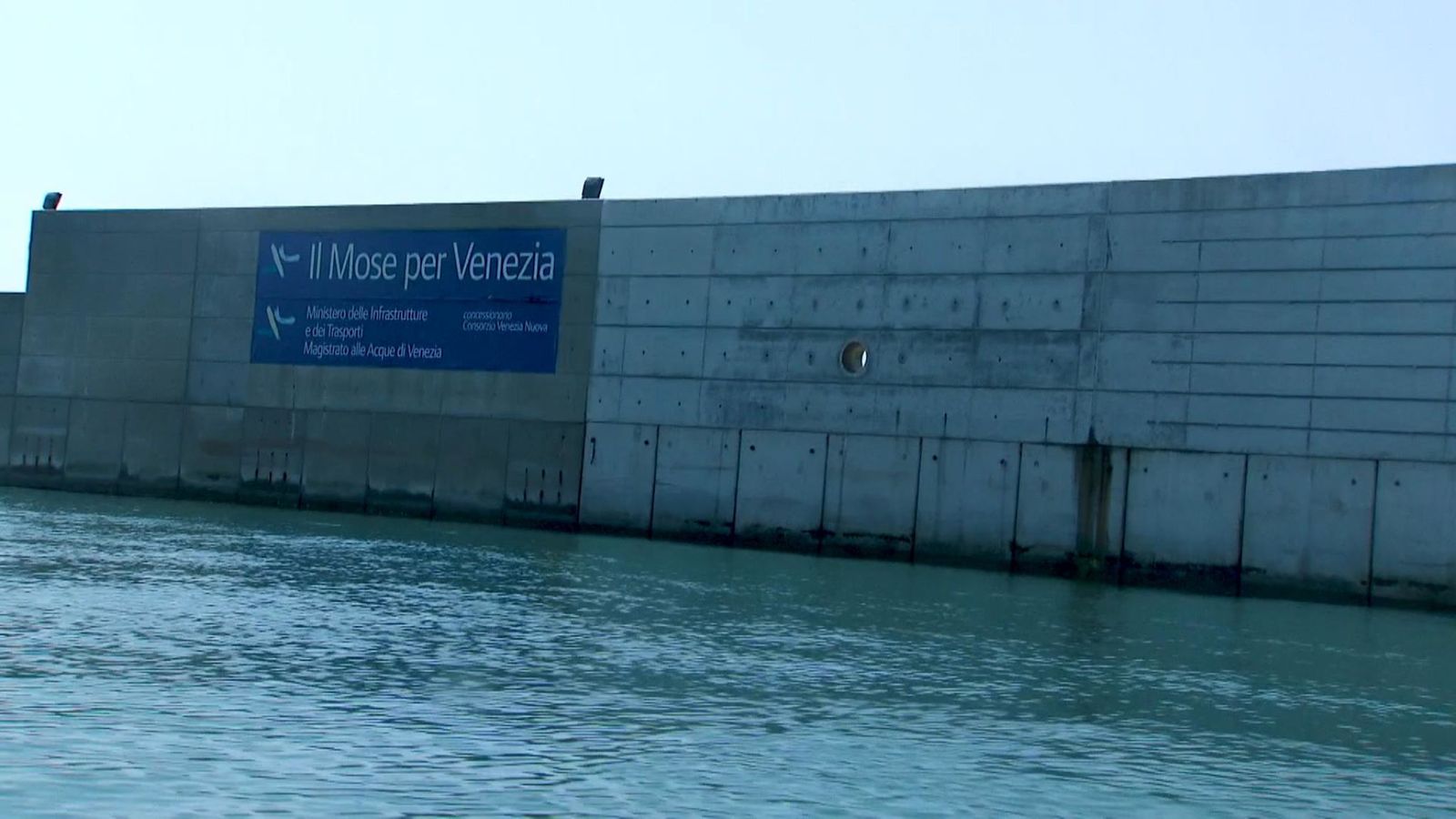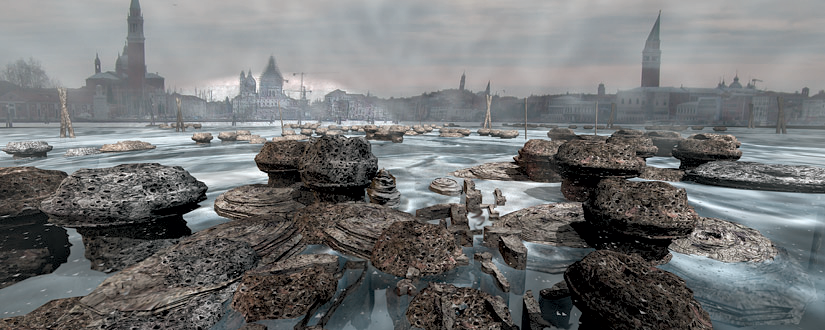
Rachel Armstrong, who develops synthetic biology applications for the built environment, believes it could be possible to grow an artificial limestone reef underneath Venice using ‘metabolic materials’ – photosensitive protocells, engineered to be light averse. Her idea is to stop the city sinking into the soft mud on which its foundations are built – and to do so in a way that respects its non-human inhabitants.
Armstrong’s approach sounds like science fiction – but it’s informed by the ways living systems actually survive in hostile environments. When algae, shellfish and bacteria search for new territories and nutrients, for example, they sculpt the materials of their surroundings. Armstrong describes these as ‘tailored micro-environments’ – formed over time with the movements of the tides and currents.
Armstrong wants to move on from an engineering approach in which durable and inert materials are deployed as hard barriers between nature and human activity. This system has worked well for humans for the last couple of thousand of years – but wastefully: traditional building materials either grow more inert, or corrode away entirely, over time. On an evolutionary timescale, it’s not how resilient structures persist.
The alternative approach is to build structures in symbiosis with their living context. The designer’s new task,for Armstrong, is to ‘initiate beginnings, and mould with natural forces”. It’s not an exact science – “more like cooking, or an agricultural practice”.
Beyond hydraulic equilibrium
This focus on living systems would be profound change of approach; Venetians have been shaping the lagoon to meet human needs since the twelfth century. During the last 150 years, their powers amplified by oil-powered machines, Venetians have dug, channelled and built away even harder to deepen channels, expand the port, and build refineries.
This high-entropy concept of infrastructure was embodied in Italy’s “Special Law’ for Venice, in 1973. In an effort to protect the city on a long-term basis, it prescribed ‘hydraulic equilibrium’ to protect the city from extreme floods and morphological degradation. Its main outcome has been an engineering project, called MOSE, in which huge mobile gates (whose location is shown in the picture below) are being built to isolate the lagoon from the Adriatic Sea when tides get too high.
[icon_link icon=”note” link=”http://www.doorsofperception.com/sustainability-design/venice-from-gated-lagoon-to-bioregion/” target=”_blank”]Read full article[/icon_link] Comitato No grandi navi Comitato No grandi navi – Laguna bene comune
Comitato No grandi navi Comitato No grandi navi – Laguna bene comune






